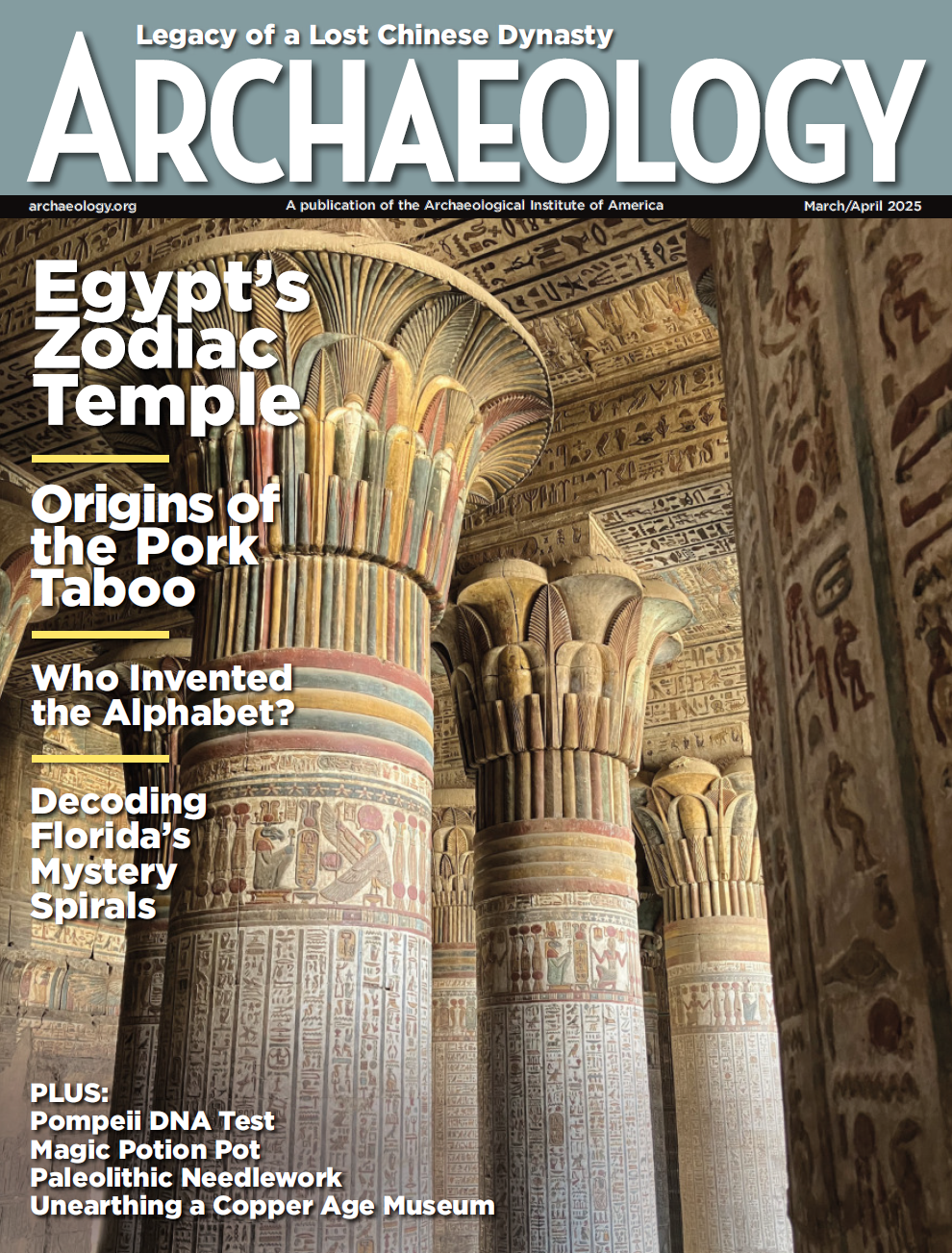
Archaeology – March/April 2025
Free
Archaeology Magazine is a leading publication dedicated to exploring the fascinating world of ancient civilizations, archaeological discoveries, and the latest research in the field of archaeology. Published by the Archaeological Institute of America (AIA), it has been an authoritative resource for both professionals and enthusiasts since its debut in 1948. The magazine offers an accessible blend of scholarly insights and engaging storytelling, making it a popular choice among readers interested in history, anthropology, and cultural heritage.
Key Features of Archaeology Magazine
1. Global Discoveries
Coverage of archaeological findings from all over the world, including ancient cities, prehistoric sites, and underwater excavations.
Recent discoveries and updates on ongoing research projects.
2. In-Depth Articles
Detailed feature stories on iconic historical sites, such as the Pyramids of Giza, Pompeii, and Stonehenge.
Investigations into lesser-known but equally fascinating cultures and artifacts.
3. Science and Technology
Insights into cutting-edge technologies like LiDAR, radiocarbon dating, and DNA analysis used in modern archaeology.
Features on how advancements like 3D modeling and drones are transforming archaeological exploration.
4. Cultural Insights
Exploration of ancient art, architecture, and cultural practices.
The magazine highlights the human stories behind archaeological discoveries, bringing history to life.
5. Regular Sections
World Roundup: A collection of short articles summarizing the most exciting recent discoveries and news in archaeology.
Artifact: A closer look at a unique artifact, its history, and its significance.
Interactive Maps: Maps showcasing excavation sites and ancient trade routes.
6. Accessibility
Written in a style that appeals to both academic readers and the general public, making it an excellent resource for students, educators, and history enthusiasts.
7. Award-Winning Photography
Stunning images of excavation sites, artifacts, and reconstructed historical environments.
